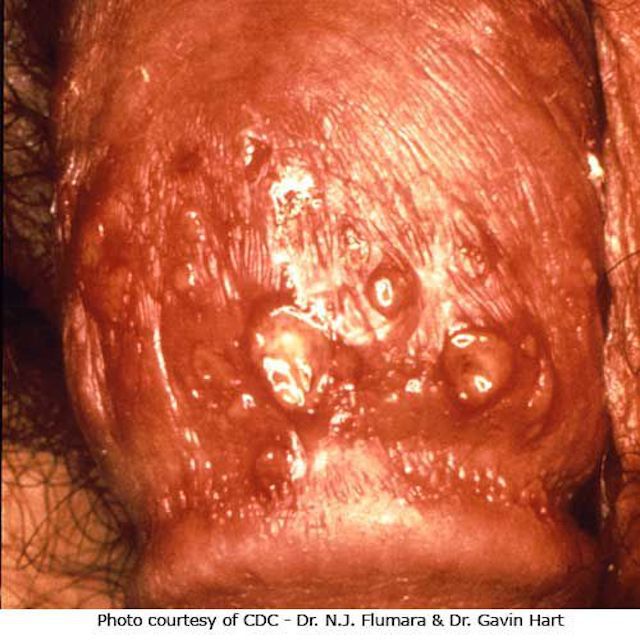Physical Address
304 North Cardinal St.
Dorchester Center, MA 02124
Physical Address
304 North Cardinal St.
Dorchester Center, MA 02124

Contents
Herpes is a common viral infection that can affect various parts of the body, including the mouth, genitals, and eyes. It is caused by the herpes simplex virus (HSV), with two main types: HSV-1, which typically causes oral herpes, and HSV-2, which leads to genital herpes. Both types of herpes can manifest on the face or genitals, and individuals can contract the virus through bodily fluids like saliva and genital fluids.
When it comes to symptoms, some individuals may not experience any signs of herpes, while others may develop sores or lesions. These sores often resemble blisters filled with fluid that can break open, ooze, and eventually crust over before healing. People may also notice a tingling, itching, or burning sensation a few days before the sores appear.
Herpes can present differently depending on the affected body part:
In oral herpes, most blisters appear on the lips or mouth, but they can also develop on the face, chin, below the nose, or tongue. Initially, the sores may resemble small bumps or pimples before evolving into fluid-filled blisters. These blisters can be red, yellow, or white and may eventually burst, releasing a clear or yellow liquid before crusting over.
People with oral herpes may also experience swollen lymph nodes in the neck during an outbreak.
Genital herpes can lead to sores on the vulva, outer lips, inside the vagina (which may be harder to see), penis, buttocks, rectum, or anus. These sores can vary in size and number, resembling pimples or blisters filled with fluid. As with oral herpes, they may burst, crust over, and cause pain during urination.
Individuals with genital herpes can also experience anal pain, bleeding, and discomfort with bowel movements.
Herpes blisters can also develop on the fingers, a condition known as herpetic whitlow, which is more common in children who suck their thumbs. These sores can appear around the fingernail, causing pain or tingling before the sore emerges. If multiple sores occur, they may merge to form a large blister resembling a honeycomb.
Herpes keratitis refers to a herpes infection in the eye, affecting one or both eyes and leading to symptoms like eye pain, light sensitivity, and eye discharge. It is crucial to seek medical attention if herpes keratitis is suspected to prevent potential eye damage and vision loss.
When it comes to herpes symptoms in men, they can range from no visible signs at all to mild symptoms that may be mistaken for other skin conditions like ingrown hairs or pimples. Some common symptoms of herpes in men include:
If symptoms of herpes appear, it is essential not to panic as herpes is a common condition and should not be stigmatized. Seeking medical advice is crucial for diagnosis and appropriate management. While herpes cannot be cured, antiviral medications can help reduce symptoms and speed up recovery. It is also important to avoid sexual contact during active outbreaks to prevent transmitting the virus to others.
By understanding what herpes looks like on different parts of the body and recognizing the symptoms in men, individuals can take proactive steps to manage the condition effectively and reduce the risk of transmission.